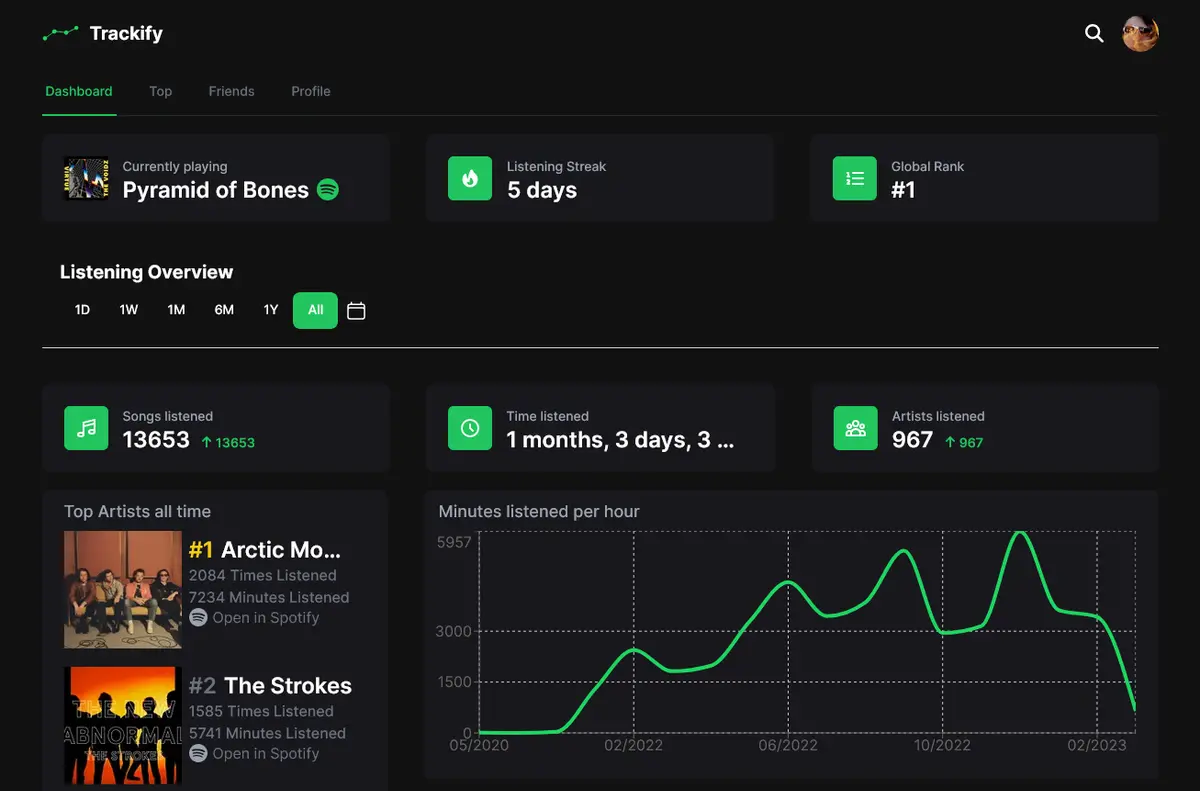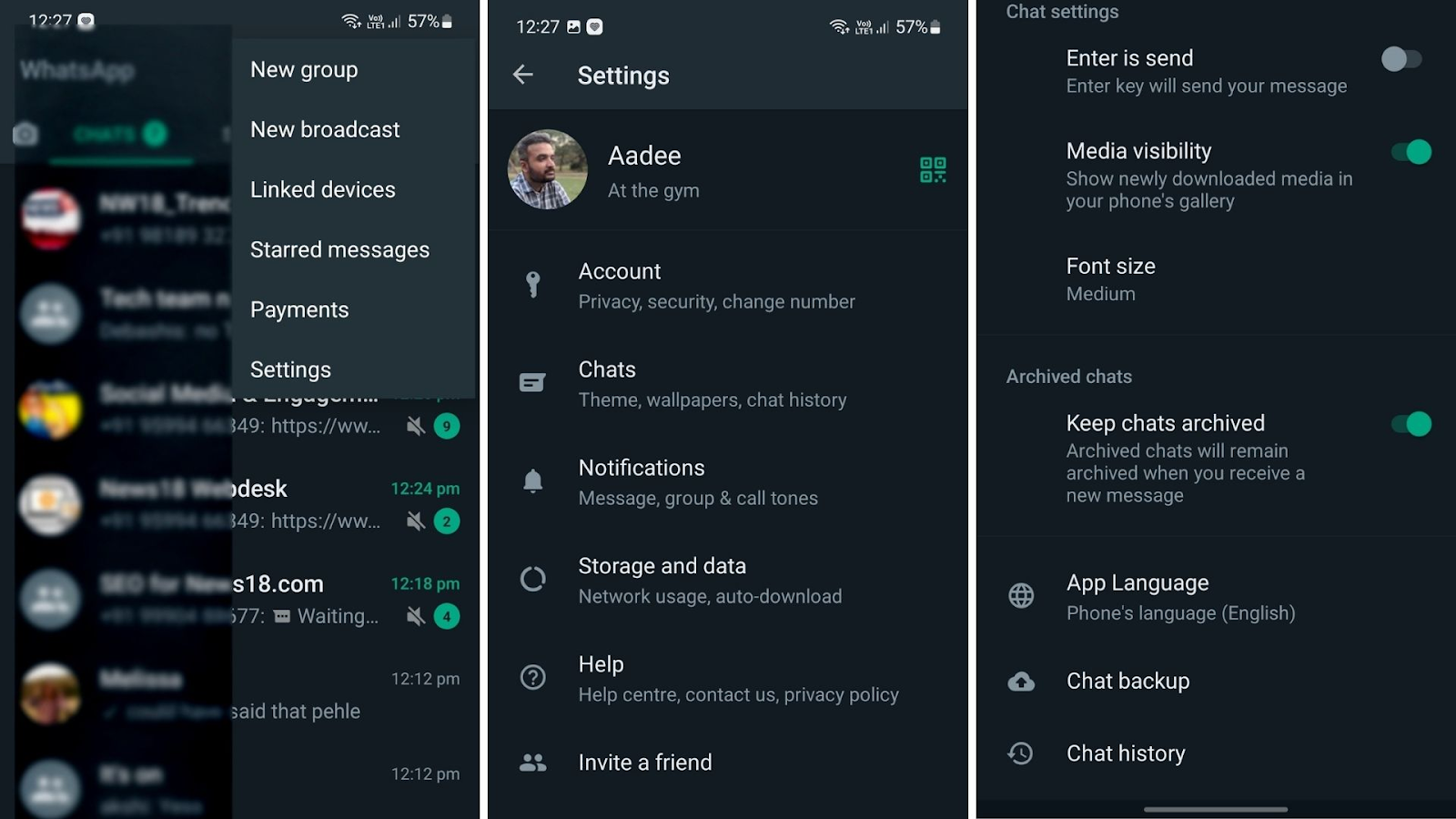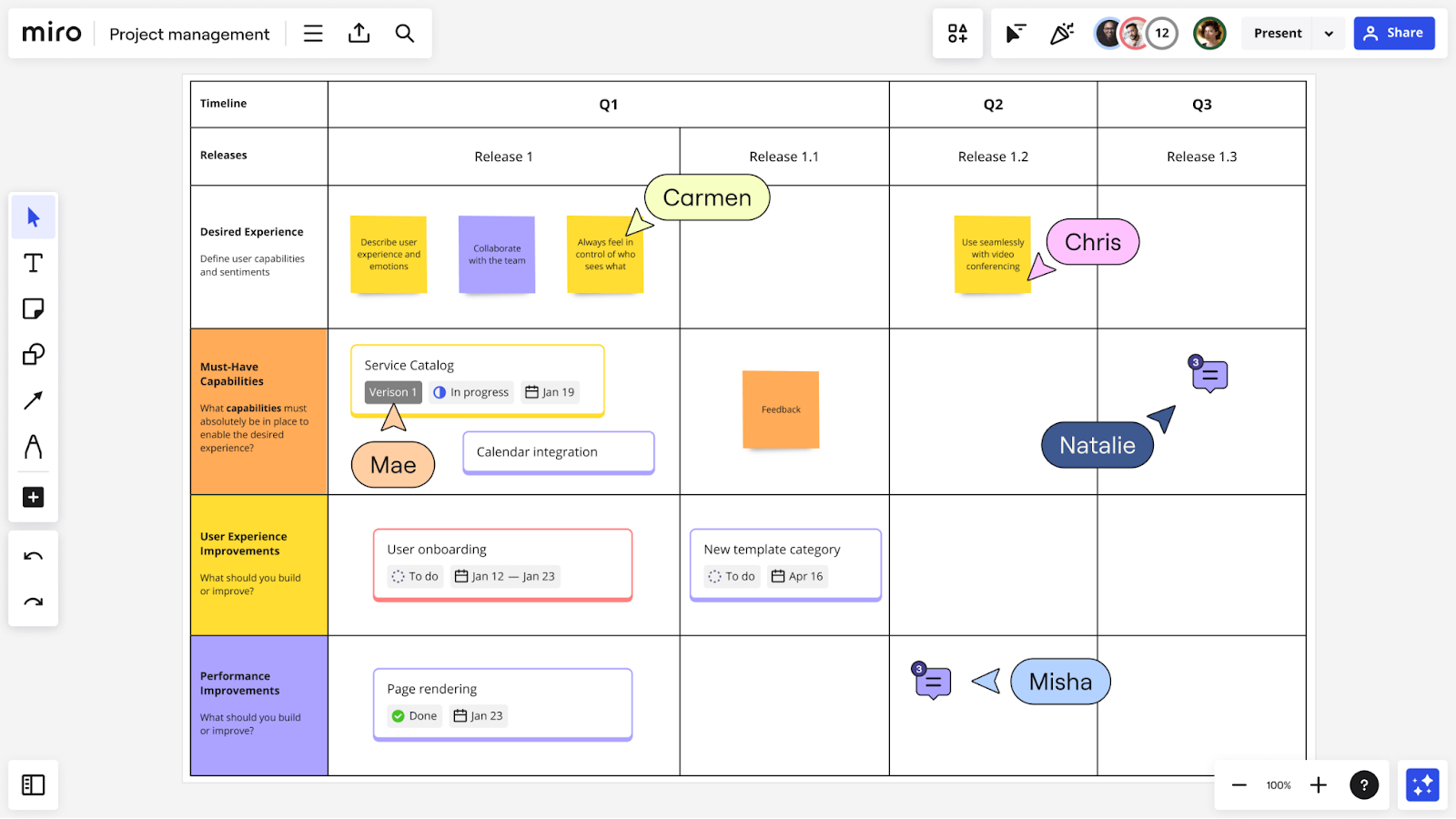North Star Metric: What It Is, How to Find It, and Examples From Major Companies

Moving forward without a clear and measurable goal is a risky strategy for any business. Therefore, goals are set and translated into numerical indicators by which the success or failure of a company is evaluated. However, the primary metric is not always the revenue generated by the business.
Top digital companies choose North Star Metric as their guiding light, which translates to the "north star metric." This indicator determines whether the business has chosen the right development strategy.
Let's explore further what NSM is all about, why you need a "north star," and how to find it not in the starry sky, but among your goals and objectives.
What is North Star Metric and why is it needed
The North Star Metric is the primary indicator that characterizes the value of a company's product to its users. And this metric is not always measured in terms of money. The essence of the North Star is to control the increase in value for customers, which enhances the business's sustainability. And a large flow of money that people pay does not always guarantee that the company is stable and will continue to grow further.
The NSM metric is tracked to:
- Maintain the right direction in the company's work and understand common goals for all departments.
- Prioritize employees' tasks to efficiently achieve goals.
- Identify weaknesses and new development options.
- Maintain openness in team work and transparency of results.
Do not confuse North Star with OMTM — one metric that matters. These metrics are similar but differ in scale and tracking time.
NSM is important for the entire company over a long period of time, while OMTM is a local indicator for individual business units. Such a metric is calculated over several months (from three to six).
NSM Variants
The uniqueness of the North Star lies in the absence of a single benchmark for everyone. A metric that best reflects the tasks and type of business is chosen as the "pole star." An online marketplace and a media platform should not determine success or failure in the same way.
For a marketplace, revenue or the number of orders would be more suitable as an NSM metric. For an online magazine, it's better to choose as the "pole star," for example, completion rate of articles published through various marketing channels.
| Metrics | Description |
|---|---|
| LTV | The customer lifetime value indicator refers to how much money the customer has paid for the company's product over the entire time of use. |
| CAC | Сustomer acquisition cost |
| ARR | Annual recurring revenue |
| MRR | Monthly recurring revenue |
| GMV | Gross merchandise value |
| MAU | Monthly active users |
| WAU | Weekly active users |
| DAU | Daily active users |
| NPS | Net promoter score |
| Retention Rate | Customer retention. For NSM, retention is counted for different periods depending on the specifics of the business. |
| New users | New user registrations or application installations |
| Viewing time | Reading articles, watching video content to the end. |
Is it possible to change the North Star over time?
Yes, the "north star" should correspond to the company's level of development. The benchmark for a small startup may not always be suitable for a larger, more mature company. Therefore, as goals change and the company grows, the NSM also changes.
For example, the social network Facebook* used the metric MAU. After the appearance of competitors and changes in the digital market, it made the number of users who log in and show activity every day the main indicator.
Can you choose more than one North Star
In the sky, there is only one north star, but in the earthly business, several NSMs are allowed. However, this option is suitable only for developed large companies with a complex structure and product. In this case, even individual departments set their own benchmarks.
It is important that the existing metrics do not contradict each other. Do not choose more than three North Stars. Otherwise, it will be difficult to maintain the correct focus.
How to Find the "North Star"
Step 1. Identify the action taken while using the product, where the customer solves their problem/task or satisfies a need.
For example, in an English language learning app, the moment of satisfaction would be successfully completing a lesson.
Step 2. Determine how the value of the product can be measured. In the example of the app, this could be returning to lessons. If the user finds it interesting and useful, they repeat the experience.
Step 3. Translate the value into a specific metric and limit the time over which it will be measured (per day, month, or year).
Using lesson quality ratings in the app is not always correct for measuring the success of the product because the user may give a high rating but not return. It is better to measure NSM as the number of returns to lessons, for example, through the Retention Rate metric.
Step 4. Relate the assumed North Star (for example, Retention Rate) to other business metrics. All these metrics should ultimately influence the increase in NSM.
At this stage, we check the chosen "north star" for realism. The ideal metric reflects business growth and is influenced by specific employee actions with their KPIs. If there is no such connection, the North Star is likely incorrect.
Example: Suppose the NSM in the English language learning app were the number of new users. Suppose this figure were to increase, but at the same time, there were fewer subscription renewals and returns to the app, which would ultimately be harmful to the business. Therefore, the North Star in the form of the Retention Rate is a more reliable indicator because returning to the app encourages subscription renewals. And regular lesson continuation means that users like their content (team engagement actions work).
Examples of NSM in large companies
NSM is often used in startup operations, but even top multimillion-dollar companies with their IT products and services continue to track the north star metric. Let's look at some examples from well-known brands.
Spotify
The music service considers listening time as its NSM. Such a metric is unique for similar platforms where only audio content is available.

WhatsApp*
The world's most popular messaging app measures its success by the number of messages sent by users. The metric reflects utility through the frequency of application usage for communication.

Zoom
The North Star metric for the service is the number of daily online meetings. This assesses how often people actually use the service. This method of evaluating the platform's importance to users is much more effective than measuring, for example, the number of registrations at a given time.
Duolingo
The language learning app has identified its NSM as the DAU (daily active users), indicating the level of engagement. Duolingo studied user behavior and found that the frequency of app usage correlates with continuing education. The more often a user logs in, the higher their motivation to continue lessons. As a result, the number of users with paid subscriptions continues to grow.

The company has chosen WAU (weekly active users) as its "north star." This is rational compared to, for example, DAU, which counts the daily flow of users. Pictures for ideas and inspiration (the purpose for which users often visit Pinterest) are not a product needed every day.

Miro
The creators of the service assess the usefulness of their product through the number of boards available for simultaneous collaboration by multiple users (usually a feature for team work). This metric reflects how convenient it is to use the tool within a company and also indicates how to improve the product and what strategy to choose next.

Yandex.Taxi
The North Star Metric for the taxi booking service is LTV (Lifetime Value), which denotes the amount earned by the company from a customer over the entire period of their activity. Yandex also considers this metric in the context of other brand services: Yandex.Food delivery and Yandex.Store. Within the ecosystem, all services are interdependent.
Edadeal
The NSM (North Star Metric) for the service is the number of active users per day or DAU (Daily Active Users), but with the addition of being "composite." This means that even short sessions and returning users are counted. The second key metric for the service is LTV.
The professional networking platform evaluates its effectiveness based on MAU (Monthly Active Users) — users who demonstrate activity within a month. Through this metric, the needs and problems of users are studied: what prevents them from using the platform more often, and what motivates them to return.

Summary
The North Star Metric is a key indicator that reflects the effectiveness of a company's operations and forecasts growth prospects. It serves as the primary guide for team efforts.
However, different metrics can serve as NSMs, and there is no universally applicable standard.
These metrics include financial indicators (LTV, CAC, ARR, MRR, GMV, etc.), engagement metrics (DAU, WAU, MAU), as well as NPS, the number of new users, content completion rates, and others. Finding the "North Star" requires defining the product's value and determining how to track it in a numerical indicator. Additionally, it's important for the North Star to align with the goals and objectives of all company departments.
* Products of Meta, a company recognized as an extremist organization in Russia.
You might be interested in:
End-to-end analytics makes marketing manageable and completely transparent and saves the budget. You always know that you are investing in effective channels and the right actions.
Read moreFor those who are tired of low open rates and poor deliverability.
Read moreKeep wondering how to maintain the reputation of a brand online?
Read more